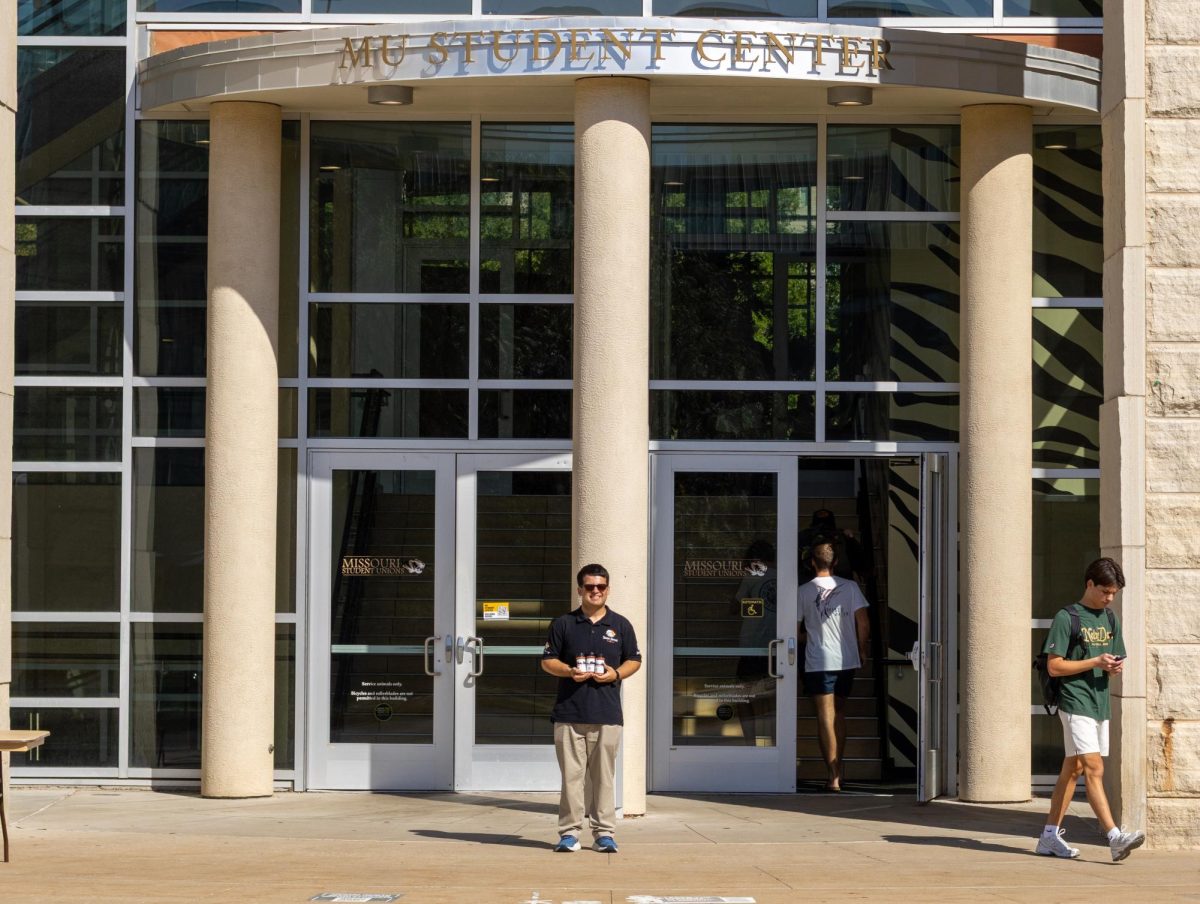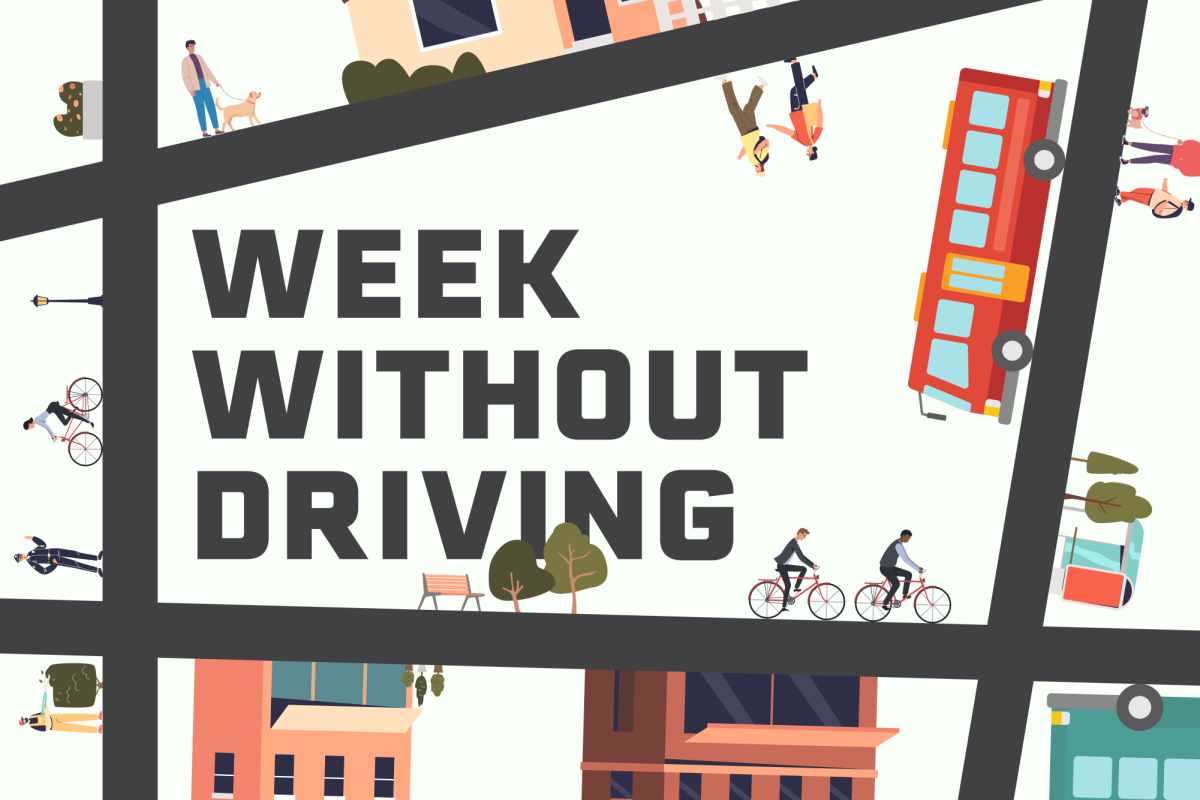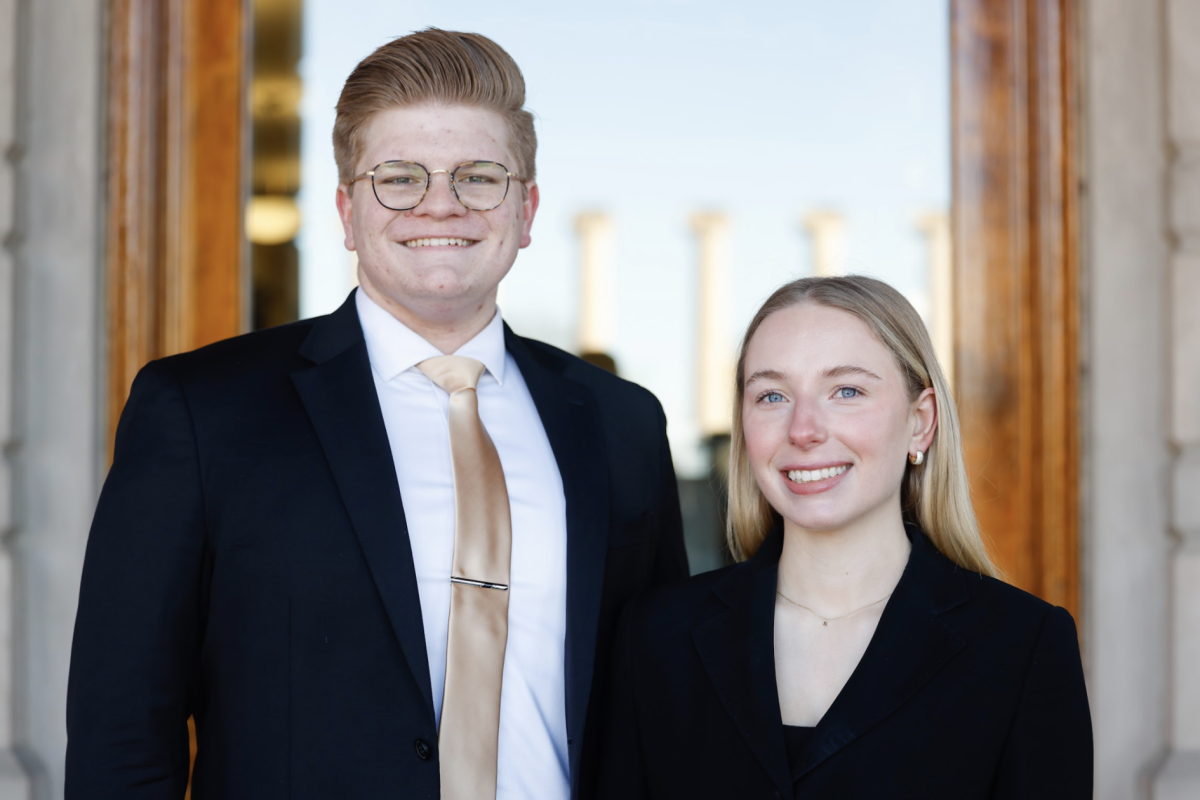The MU Health System is among the few academic healthcare providers in the U.S. that will be nationally recognized for its effort to streamline services provided at its clinics.
The Association of American Medical Colleges [announced](https://www.aamc.org/initiatives/quality/354304/clinicalcareinnovationandchallenge.html) the MU School of Medicine as one of five winners of the Clinical Care Innovative Challenge Award.
To win the challenge, MU submitted the “Leveraging Information Technology to Guide High Tech, High Touch Care” project, known as LIGHT2 for short.
Jerry Parker, the principal investigator for the project and associate dean for research at the School of Medicine, said LIGHT2 contains two components that benefit Medicare and Medicaid beneficiaries receiving care at MU’s clinics.
The ‘High Tech’ part of the project allows the healthcare providers to examine the performance data of the treatment they provide in greater bulk.
“Increasingly, there is a tremendous amount of information contained in electronic health records,” Parker said. “The project allows providers to see patients’ information not one at a time, but a panel at a time. A given provider may have a panel of 500 or more patients.”
The ability to examine a large panel of patients’ information at once, Parker said, allows doctors to compare their performance to those of other providers in their department, and examine what areas of care they excel at, as well as areas they can improve upon.
Parker said four health information analysts were hired to help execute the ‘High Tech’ component of LIGHT2.
Lincoln Sheets, one of the health information analysts working on the project, said the team produces a quarterly report for the Center for Medicare and Medicaid Services — who awarded MU $13.3 million in federal money to fund the project — and bimonthly reports for use by MU Health System personnel.
“The reports allow (providers) to judge what effect they are having on (patients), what work is having better results and lower medical costs, Sheets said, “which allows us to find ways to tweak the system.”
The ‘High Touch’ component focuses on streamlining the communication line between doctors and patients. To help accomplish this goal, LIGHT2 employed 24 nurse care managers who are stationed throughout various MU primary care clinics.
Sheets described the project allowed for communication between doctors and patients to take a more personal approach.
“The 24 (nurse care managers) will be keeping in touch with the patients in between visits, and do home visits for elderly patients to make sure they are doing okay,” Sheets said.
Parker believes increased efficiency in MU’s clinical care to be one of the primary benefits that is reaped by LIGHT2.
“Efficiency is a big part of it,” he said. “Particularly more efficient communication among providers and between patients, because providers have a challenging time managing all of their day-by-day communication with a large panel of patients.”
Sheets added that the project is an innovative approach to tackle a significant problem in the U.S. – the rising cost of healthcare.
“According to statistics, the U.S. spends more than any other country for healthcare, but ranks lower in healthcare quality,” he said. “The reason for that is inefficiency; we are spending a lot of money on (treating) some people and not enough on others. Our project is looking at a new, innovative way to make Medicare and Medicaid money to go further.”
LIGHT2 will be formally recognized as a winner of the challenge at the sixth annual AAMC Integrating Quality Meeting, which will take place in Rosemont, Ill. between June 12 and 13.
Other winners of the award are the Cleveland Clinic, University of Colorado School of Medicine, Louisiana State University Health Sciences Center, and Vanderbilt University.













